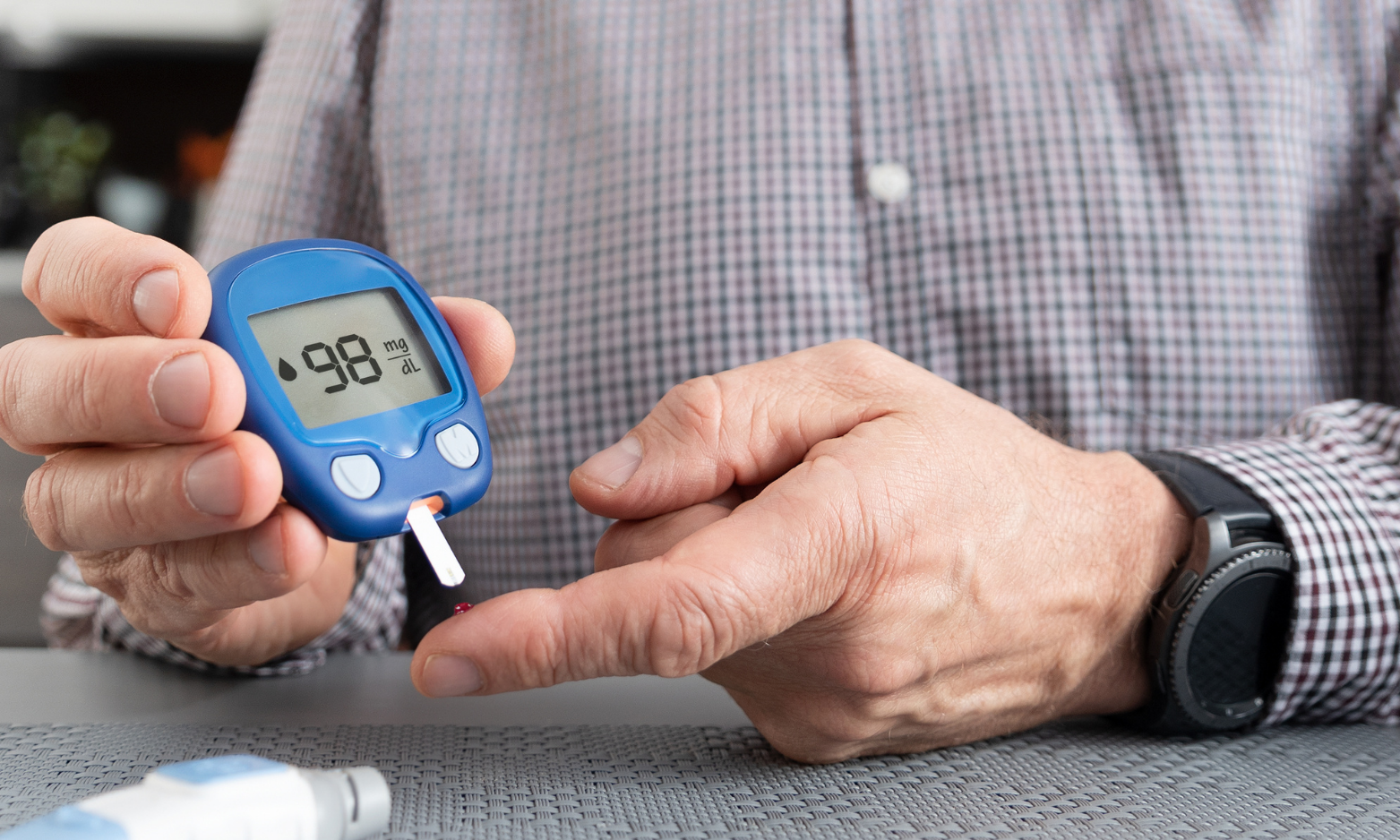Diabetology Test
Glucose is the body’s primary energy source. After a meal, carbohydrates usually are broken down into glucose and other simple sugars. This causes blood glucose levels to rise and stimulates the pancreas to release insulin into the bloodstream. Insulin is a hormone produced by the beta cells in the pancreas. It regulates the transport of glucose into most of the body’s cells and works with glucagon, another pancreatic hormone, to maintain blood glucose levels within a narrow range. If someone is unable to produce enough insulin, or if the body’s cells are resistant to its effects (insulin resistance), then

less glucose is transported from the blood into cells. Blood glucose levels remain high and the body’s cells “starve.” This can cause both acute and chronic problems depending on the severity of the insulin deficiency.
Acute hyperglycemia can be a medical emergency. The body tries to rid the blood of excess glucose by flushing it out of the system with increased urination. This process can cause dehydration and upset the body’s electrolyte balance as sodium and potassium are lost in the urine. With severe insulin deficiency, glucose is not available to the cells and the body may attempt to provide an alternate energy source by metabolizing fatty acids. This less efficient process leads to a buildup of ketones and upsets the body’s acid-base balance, producing a state known as ketoacidosis. Left unchecked, acute hyperglycemia can lead to severe dehydration, loss of consciousness, and even death.
Glucose levels that rise over time and become chronically elevated may not be initially noticed. The body tries to control the amount of glucose in the blood by increasing insulin production and by eliminating glucose in the urine. Symptoms usually begin to arise when the body is no longer able to compensate for the higher levels of blood glucose. Chronic hyperglycemia can cause long-term damage to blood vessels, nerves, and organs throughout the body and can lead to other conditions such as kidney failure, loss of vision, strokes, cardiovascular disease and circulatory problems in the legs. Damage from hyperglycemia is cumulative and may begin before a person is aware that he or she has diabetes. The sooner that the condition is detected and treated, the better the chances of minimizing complications.

